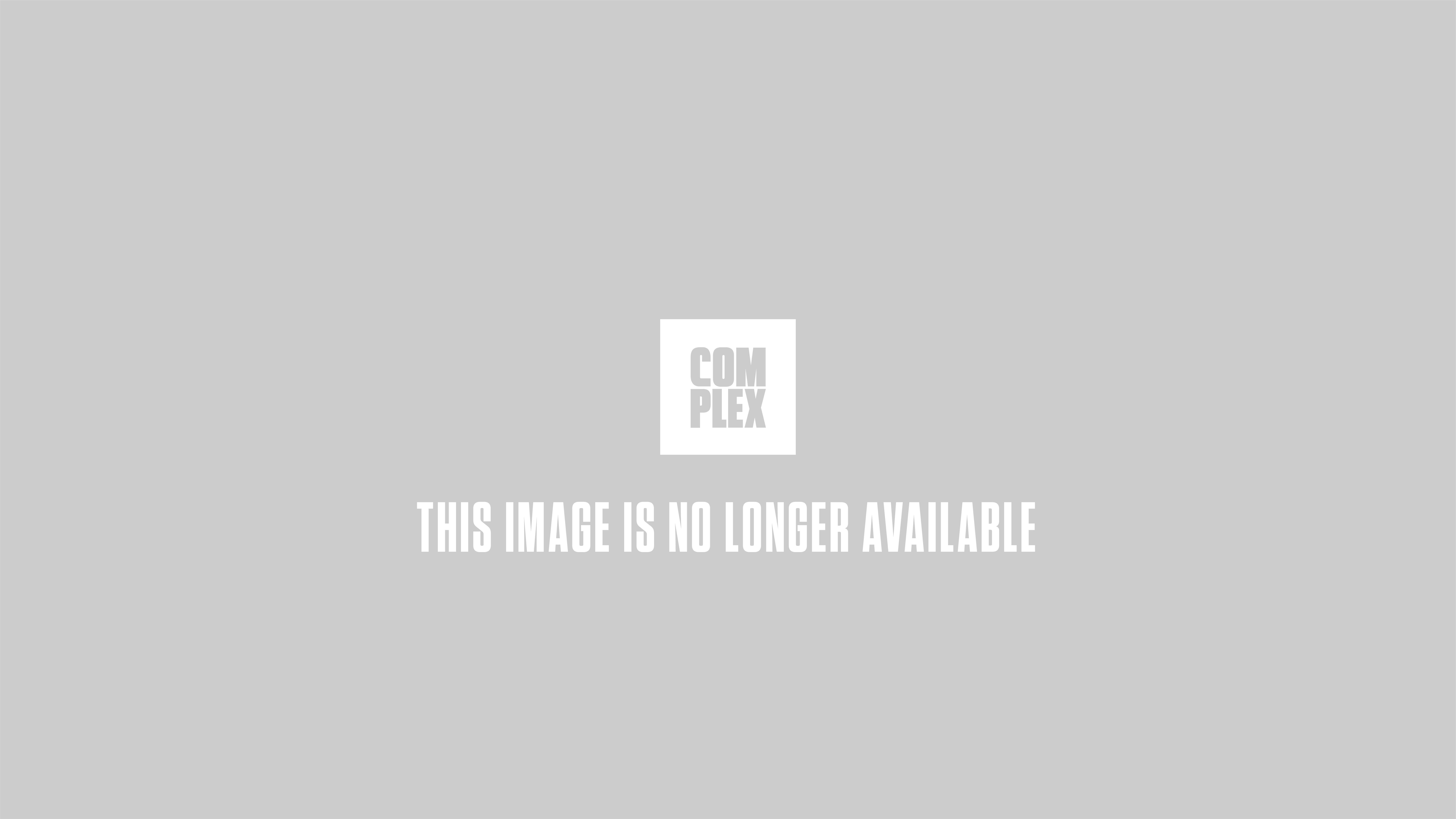
EDM’s era as dance music’s mainstream emissary has brought a strange and terrible plague into dance culture. No, this isn’t a commentary on subgenres, new jack producers, or upstart festivals. Rather, it will argue that the worst notion that EDM has brought to the table is that it has killed that which is most intrinsic to it as a concept - the traditional notion of dancing itself. In EDM being predicated upon big builds, sick ass drops, over-processed sounds and venues that place DJs on pedestals, it doesn’t leave a lot of room for finding a groove and busting a move. Why did this happen, and will dancing ever occupy dance floors again?
If you want the most arguably accurate reason why moombahton “died” and why 95% of mainstream, big room party sets involve trap, heavy bass and hard electro, it’s because nobody wants to dance. The push towards craned-neck head-bobbing, moshing, twerk-grinding, general jumping up and down, or staring entranced into the eyes of DJs with glazed over faces staring at CDJs or computer screens has left dance culture ironically standing in place at a time when popular culture is more progressive than ever before.
Regarding dancing, trap as EDM’s most ubiquitous sound-at-present, and the lack of dancing it inspires is a historically intriguing notion to consider. Trap comes from rap, and rap came from disco. Disco certainly involved people dancing, and rap’s earliest incarnation involving emcees rapping over disco breaks certainly involved dancing, too. Dubstep - trap’s EDM forbear - came from rap samples and breaks played in half-time, a response to drum & bass which, absolutely involved people dancing. However, somewhere along the way, when trap overtook dubstep, there had to be something in the air that made people not want to dance to the sound.
There’s a point in this conversation where we should contemplate the importance of the internet in all of this. If we look at the history of the dissemination of dance music, it was always an active and physical process with a premium on dancing as the end result. Wigan Casino kids in the '70s went to the store to purchase rare 45s for weekly trades at Northern Soul discos. In the '80s, Chicago house freaks often went straight from the party to record stores to find songs after hearing Ron Trent drop them during overnight parties in South Side churches. As well, in the '90s, underground ravers swapped tracks back and forth while meeting in person after connecting on internet message boards. At no point was the concept to horde music for listening on iPods. The point was to get the track so that you could then play it at home to remember the heights of partying - or if a DJ - acquire it to aid in getting people to dance.
The growth and proliferation of SoundCloud, Youtube, Beatport, iTunes, streaming, illegal torrent sites, and mobile access can actually be linked to being cancerous to the notion of dancing in the club. Possibly, when music is so culturally ubiquitous, its uniqueness in being just limited to the dance floor drives down the desire to bust a move. The second that music becomes ephemeral, it’s arguable that a need for vibes, melodies and traditionally danceable grooves certainly become secondary to absurd and grandiose moments in production that lead crowds to moments of shock and awe.
Sadly, the simple solution to EDM’s no-dance era is the swift, sweeping and sobering curse of maturity. Similar to what happened in the '90s and 2000s, folks will wake up one day and realize that Flosstradamus (like Moby before them) is being used to sell them Cadillacs. Once a generation realizes just how boring and conformist what they once deemed exciting and revolutionary had become, things change for the better. There’s no timetable on when this will occur. However, when it does, genres like moombahton, Baltimore club, deep house, juke, drum & bass, and disco must have passionate and talented producers wanting to produce in their vibes. People will soon want to get back to the way they used to find a groove at a club, and the music will need to be made that will teach them how to dance again.

